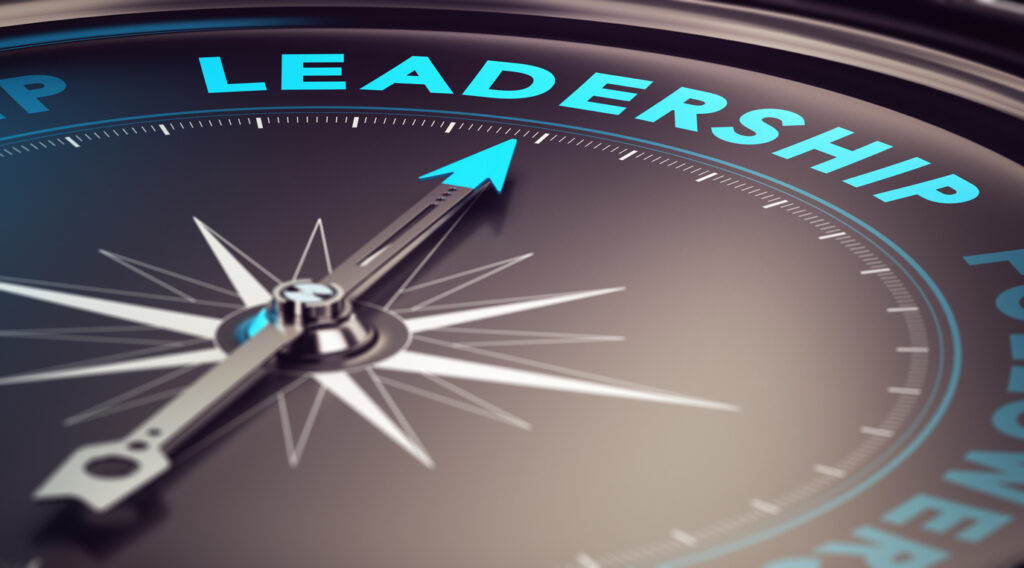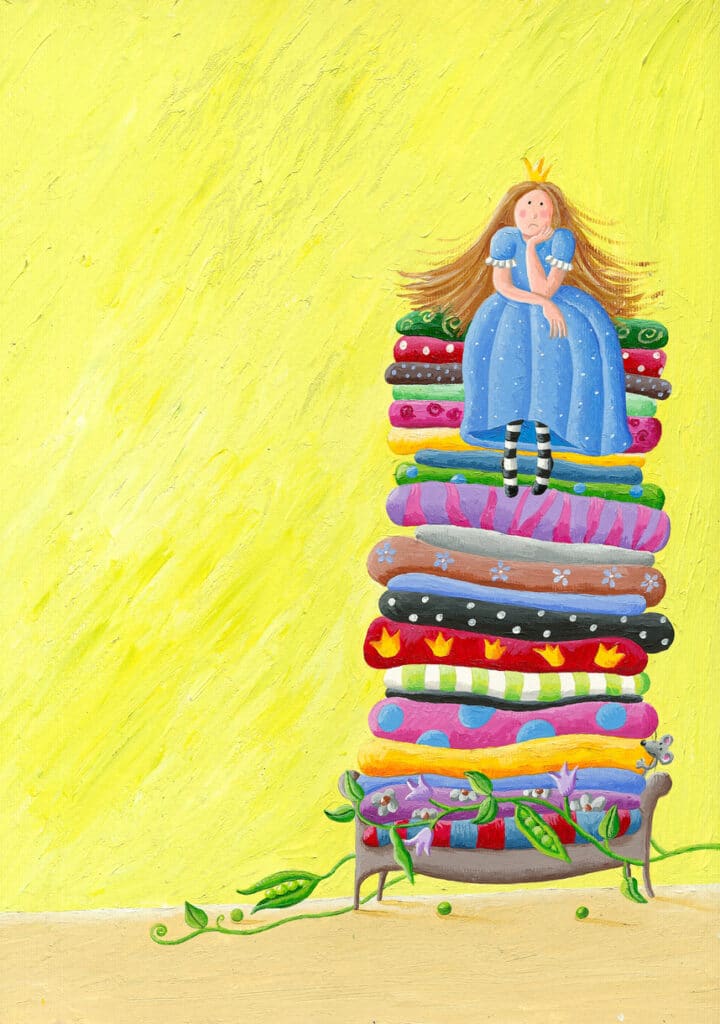Keep Your Lower Extremity Joints Moving!
Michael Zolotnitsky, PT, DPT
Editor’s note: I’ve been doing a lot of hiking in the mountains lately, and my quads and joints are feeling it! I do basic exercises to keep them in shape. Below, Mike shares what you can do to keep your joints supple and strong.
The pandemic impacted everyone’s life in 2020, making it especially hard to stay healthy. While many of us began exercising from home, some of us have completely stopped exercising because of the increased stress of working from home, managing our children’s school schedules, gyms closing, expensive home exercise equipment, or just being out of routine. This isn’t good for anyone, but if you have a bleeding disorder, lack of exercise can cause major setbacks, including joint stiffening, that put you at greater risk of joint bleeds and more joint damage.
As a physical therapist with severe hemophilia, I’m going to focus on eight imperative workouts to perform daily without any equipment at all. And I’ll explain why these are important to maintain strength and reduce areas of common joint damage!

1. Sit to Stand
Sit in a chair, cross your arms, keep feet shoulder-width apart, toes pointed forward, and stand up. Slowly lower yourself into the chair, repeating 9 more times for a total of 10. If this is challenging, use your arms for support until your legs build strength. If this is easy, find a lower surface.
Purpose: Build strength through the quads and glutes to reduce difficulty with walking and stair negotiation, while reducing pressure on the knee and hip joints.
2. Glute Bridges
Lie on your back, making sure your spine is neutral. Bend both knees, keeping your feet on the floor. With your knees slightly apart, push through your heels to raise the hips up. If this is challenging, use your arms to help push your body up. If this is easy, progress to perform one leg at a time.
Purpose: Build strength through the glutes and the hamstrings. Also great for core activation and balance if performing with one leg. Building up sufficient glute and hamstring strength will also reduce pressure on the knee and hip joints.
3. Standing Hip Abduction
Stand facing a wall, with hands on the wall, knees shoulder-width apart. Start with one leg. Slowly bring it out to the side with toes pointing forward, and then return. Begin with 10–12 repetitions (reps) and progress to 15–20, making sure your body is not rocking sideways. If this is easy, progress to doing the reps without holding onto the wall. While performing this on the right side, the left side is focused on stabilizing, so both hips will feel the workout!
Purpose: Build strength in the gluteus medius, which will keep you upright when walking and improve overall balance to reduce your risk of falling.
4. Standing Hip Extension
Stand facing a wall, with hands on the wall, knees shoulder-width apart. Start with one leg, and slowly extend the leg back, with toes pointing forward. Make sure the lower back is not arching backward or forward; squeeze the glute to engage proper activation. Begin with 10–12 repetitions (reps) and progress to 15–20, making sure your body is not rocking sideways. If this is easy, progress to not holding onto the wall.
Purpose: Build endurance to reduce difficulty in activities requiring prolonged periods, such as hiking or taking long walks. Improving glute strength and performing standing extension-based exercise is important because we are often in the flexed posture throughout the day.
5. Penguins
Stand with your toes pointing forward, and waddle side to side, standing in place. You’ll feel this in the sides of both hips. Begin for 10–20 seconds with feet 1 to 2 inches apart, and progress to 30–60 seconds with feet 3 to 5 inches apart.
Purpose: Build further gluteus medius strength and improve balance. While you balance on the one lower extremity, the other is working. Balance training has been shown to reduce pain in the ankle and knee, and reduce effects of osteoarthritis.
6. Heel Raises
Stand facing a wall, with hands on the wall, toes pointed forward. Slowly raise your body up on tiptoes. Progress to not holding onto the wall, and further progress by standing on toes using both feet going up, and then lowering down on one. Start with 10–15 reps, and progress to 20–30 reps.
Purpose: Build strength through the calves, to improve strength during walking. Ankle bleeds are common, but ankle muscles are not commonly exercised. Having strong ankles will reduce strain that moves up through the knee, hip, and lower back.
7. Hip Flexor Stretch
Kneel on one knee, with the other at a 90-degree angle in front of you. Maintain upright posture, and keep your sternum/chest bone pointing upward. Slowly lean forward and feel the stretch through the groin. Begin by holding 15–20 seconds if you’re under age 65, and holding 30–60 seconds if you’re over 65, to help stretch the collagen. Progress by engaging the glutes to feel an increased stretch through the iliopsoas.
Purpose: Reduce strain on the quad and low back by improving mobility and flexibility of the hip flexor. Since most people are in a flexed posture and seated position for long periods, the iliopsoas tends to get super tight and is an area of increased muscle bleeds. Maintaining good range of motion will reduce the chance of target joints.
8. Hamstring Stretch
In a seated position, have your legs apart, and slowly lean toward one ankle. Begin by holding 15–20 seconds if you’re under age 65, and 30–60 seconds if you’re over 65 to stretch the muscle. Progress by reaching farther to improve the stretch.
Purpose: Reduce strain on the low back and knee joints by improving the mobility and flexibility of the hamstrings. If you spend a lot of time in a flexed posture and seated position, the hamstrings tend to get super tight. Maintaining good range of motion will reduce the chance of developing target joints.
A pandemic can make working out a challenge. These eight simple exercises focus on mobility, balance, and stability, and target all the major muscle groups. They can be performed at home without any equipment. I highly recommend performing these exercises daily, and after six to eight weeks, you’ll see a major improvement. Exercise is vital if you have a bleeding disorder. The time to start is NOW!
Michael Zolotnitsky, PT, DPT, is director of neurological rehabilitation at New Jersey Spine and Wellness in Old Bridge, New Jersey. He also has severe hemophilia A. He can be reached at michael.zolotnisky@spineandwellness.com






